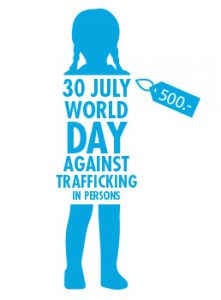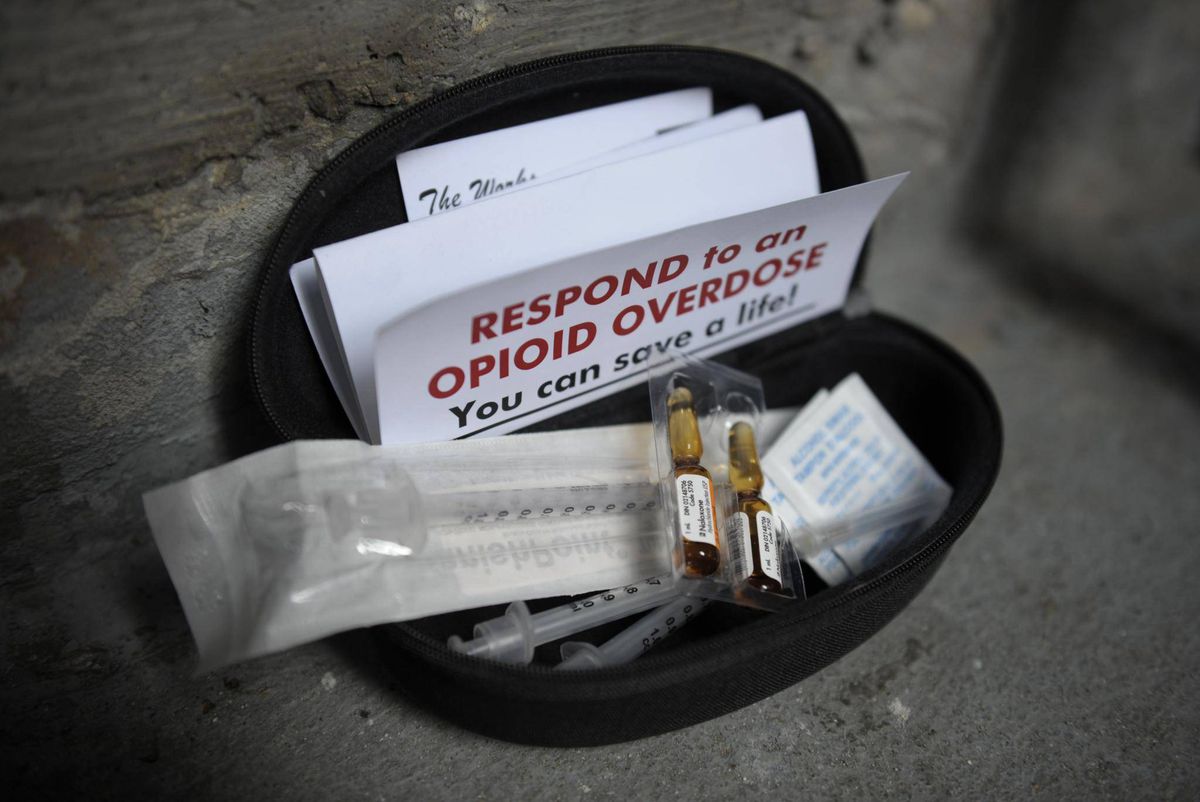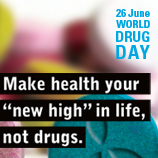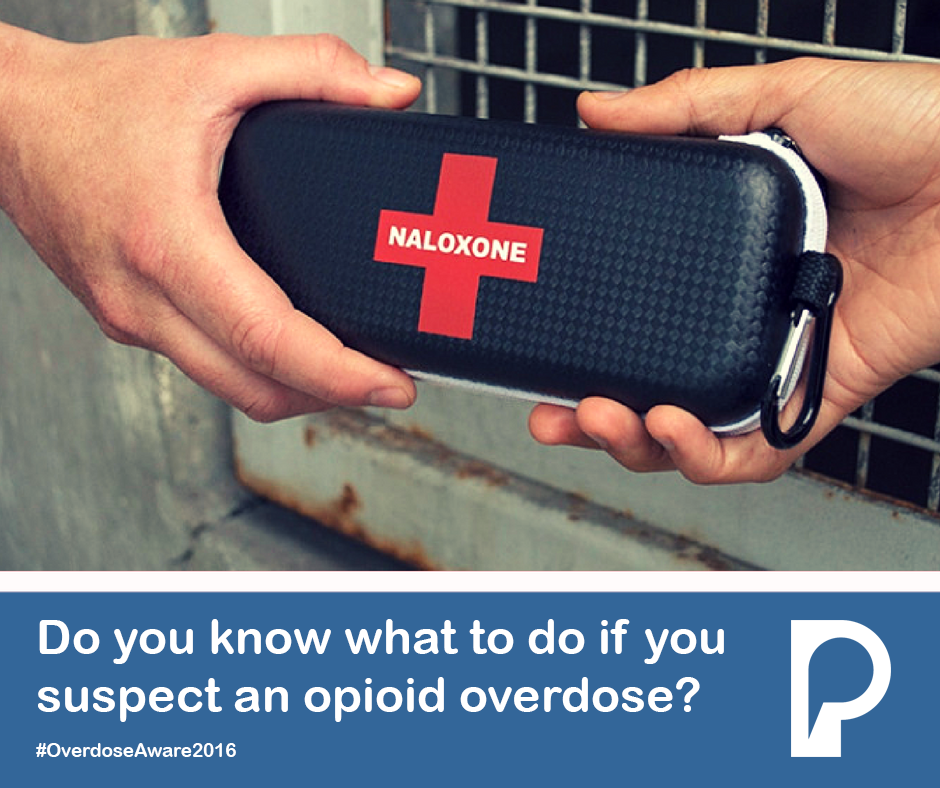 On the World Day against Trafficking in Persons, the UN aims to create awareness about human trafficking and worldwide efforts to defeat this scourge.
On the World Day against Trafficking in Persons, the UN aims to create awareness about human trafficking and worldwide efforts to defeat this scourge.
In 2013, the UN member states adopted a resolution which designated July 30 as the World Day against Trafficking in Persons. They declared that such a day was necessary to “raise awareness of the situation of victims of human trafficking and for the promotion and protection of their rights.”
The Global Plan of Action to Combat Trafficking in Persons was adopted in 2010 and urges governments worldwide to take coordinated and consistent measures to defeat human trafficking in all its forms. The UN plan calls for integrating the fight against human trafficking into the UN’s broader programs to boost development and strengthen security worldwide.
Many Children Are Trafficked
Almost a third of all human trafficking victims worldwide are children, according to the Global Report on Trafficking in Persons released in December 2016 by the United Nations Office on Drugs and Crime (UNODC). Women and girls comprise 71% of human trafficking victims, the same report states.
According to the International Labour Organization (ILO), around 21 million people are victims of forced labor globally, and of these, a significant number are also trafficking victims.
The UN plan calls for integrating the fight against human trafficking into the UN’s broader programs to boost development and strengthen security worldwide.
Serious Threat to Human Dignity
The UN resolution also states that trafficking in persons, especially women and children, constitutes an offense and a serious threat to human dignity and physical integrity, human rights, and development. Despite sustained measures taken at the international, regional, and national levels, trafficking in persons remains one of the grave challenges facing the international community, which also impairs the enjoyment of human rights and needs a more concerted international response.
According to the 2016 UN report, women and girls tend to be trafficked for marriages and sexual slavery, while men and boys are typically exploited for forced labor in the mining sector, as porters, and as soldiers. It also states that refugees from war and persecution are particularly vulnerable to becoming victims of human trafficking.
Source: Text & Image: TimeandDate

 The United Nations’ (UN) International Day Against Drug Abuse and Illicit Trafficking falls on June 26 each year to raise awareness of the major problem that illicit drugs represent to society. This day is supported by individuals, communities and various organizations all over the world.
The United Nations’ (UN) International Day Against Drug Abuse and Illicit Trafficking falls on June 26 each year to raise awareness of the major problem that illicit drugs represent to society. This day is supported by individuals, communities and various organizations all over the world.
 The WHD was first inaugurated in May 2005 and has become an annual event ever since. The purpose of the WHD is to promote public awareness of hypertension and to encourage citizens of all countries to prevent and control this silent killer, the modern epidemic. The theme for World Hypertension Day is Know Your Numbers with a goal of increasing high blood pressure (BP) awareness in all populations around the world.
The WHD was first inaugurated in May 2005 and has become an annual event ever since. The purpose of the WHD is to promote public awareness of hypertension and to encourage citizens of all countries to prevent and control this silent killer, the modern epidemic. The theme for World Hypertension Day is Know Your Numbers with a goal of increasing high blood pressure (BP) awareness in all populations around the world.